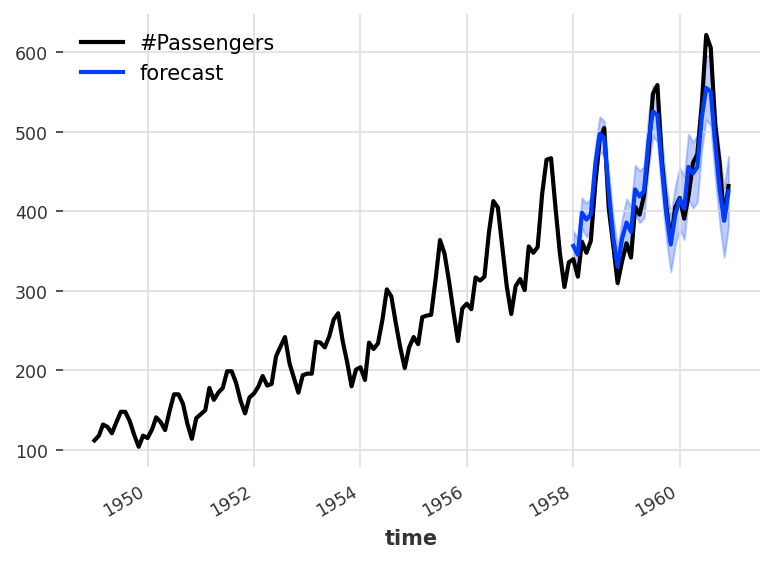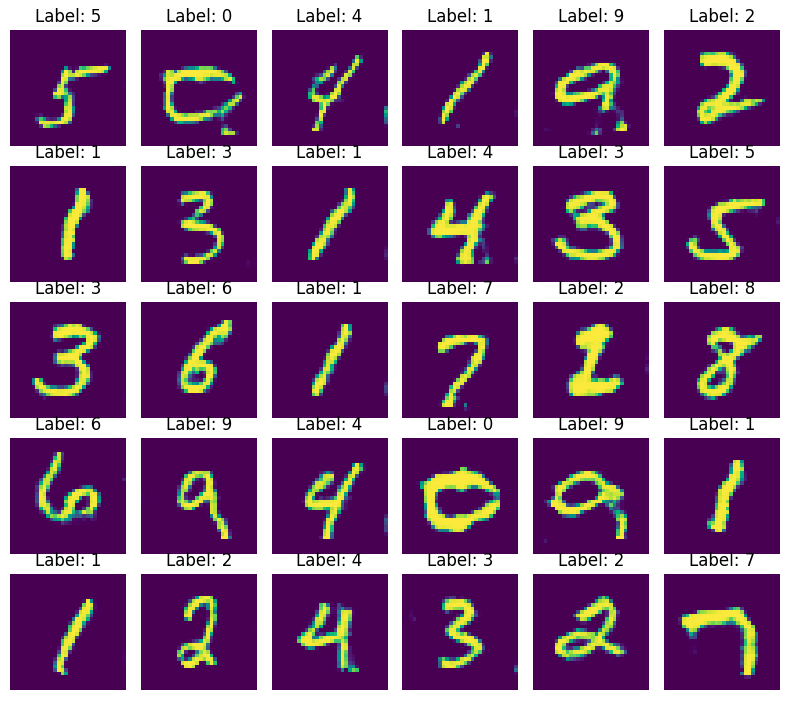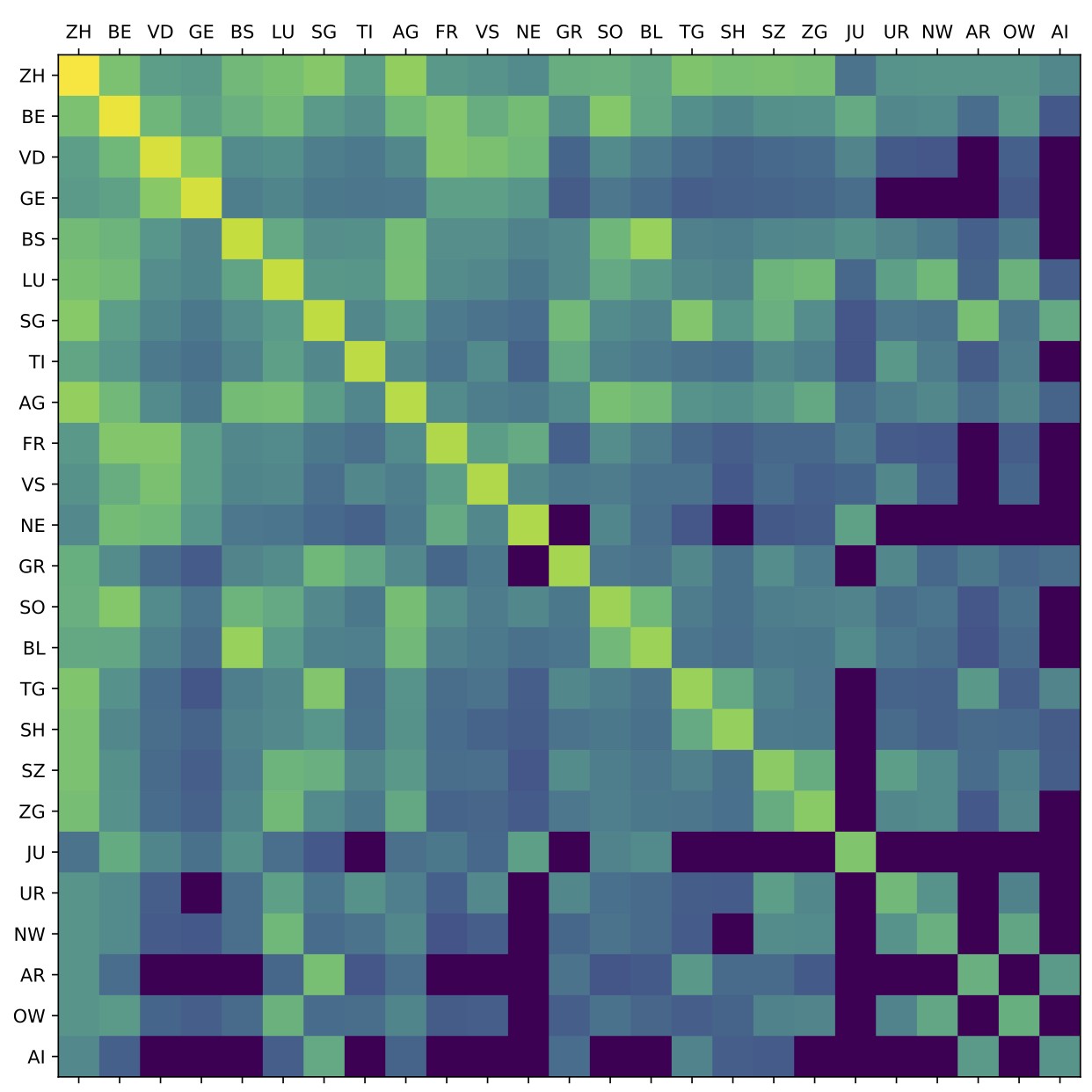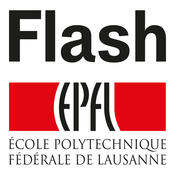
Hi!
I'm an engineering lead at Isomorphic Labs, a sister company of DeepMind, where we are building on innovations such as AlphaFold to reinvent drug discovery using computational and AI-first approaches.
Before Isomorphic Labs, I was the lead data scientist at Unit8, working on democratising data engineering, data science and machine learning in the industry. I was a part of Unit8 leadership team, contributing to growing the company from 6 to 110 people in about 4 years (we were even recognized as the fastest growing Swiss company in 2022 by the Financial Times!).
Before that, I was a lead data scientist at Swisscom, a PhD student at EPFL, and a researcher in the Silicon Valley.
I have experience designing machine learning models and systems, and writing production-grade software in different contexts (see some projects below). My PhD thesis was nominated by the jury for the EPFL Patrick Denantes Memorial Prize. I wrote a few academic papers (some of which got best paper awards), and have a couple of granted and sold patents.

























